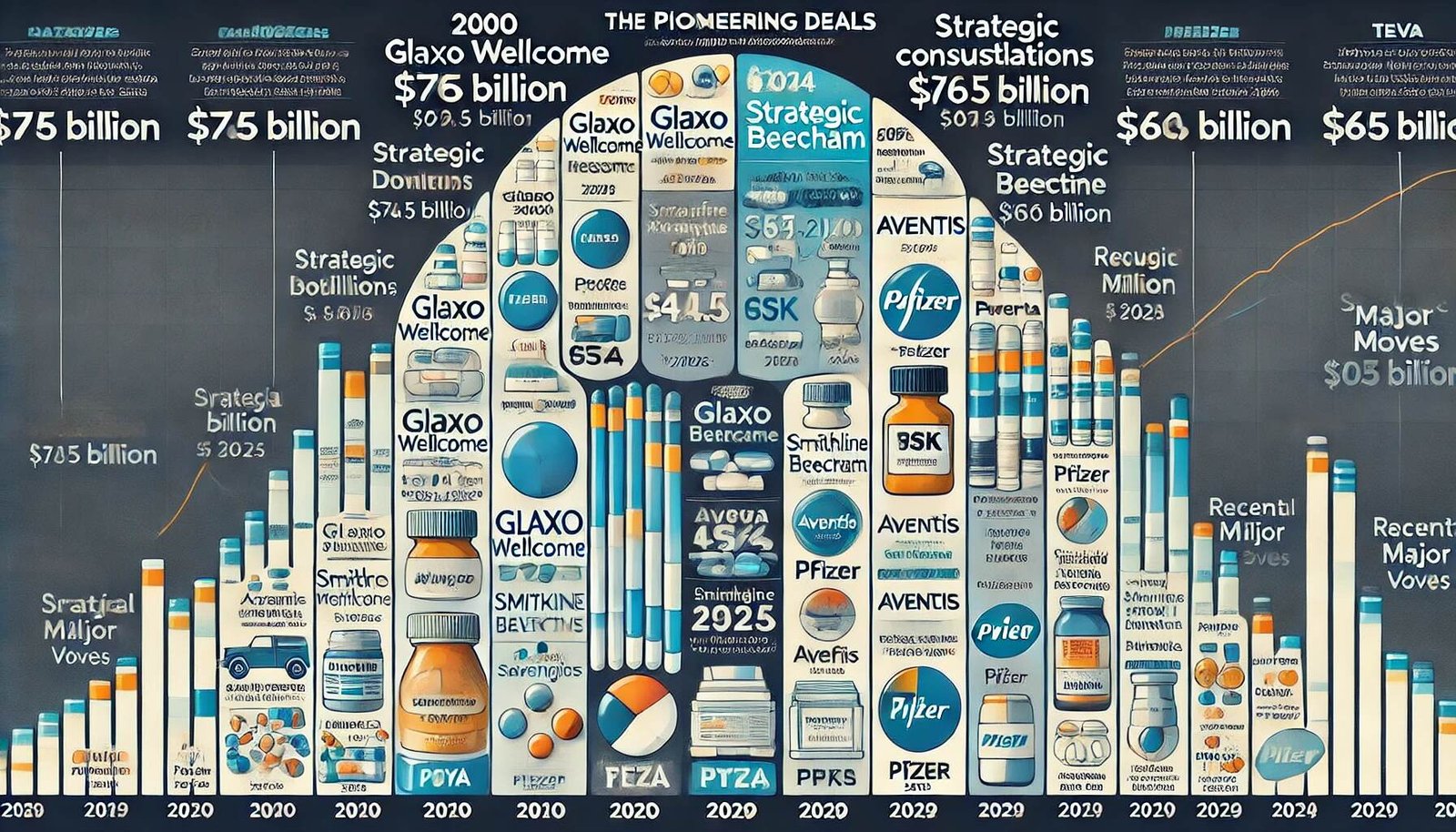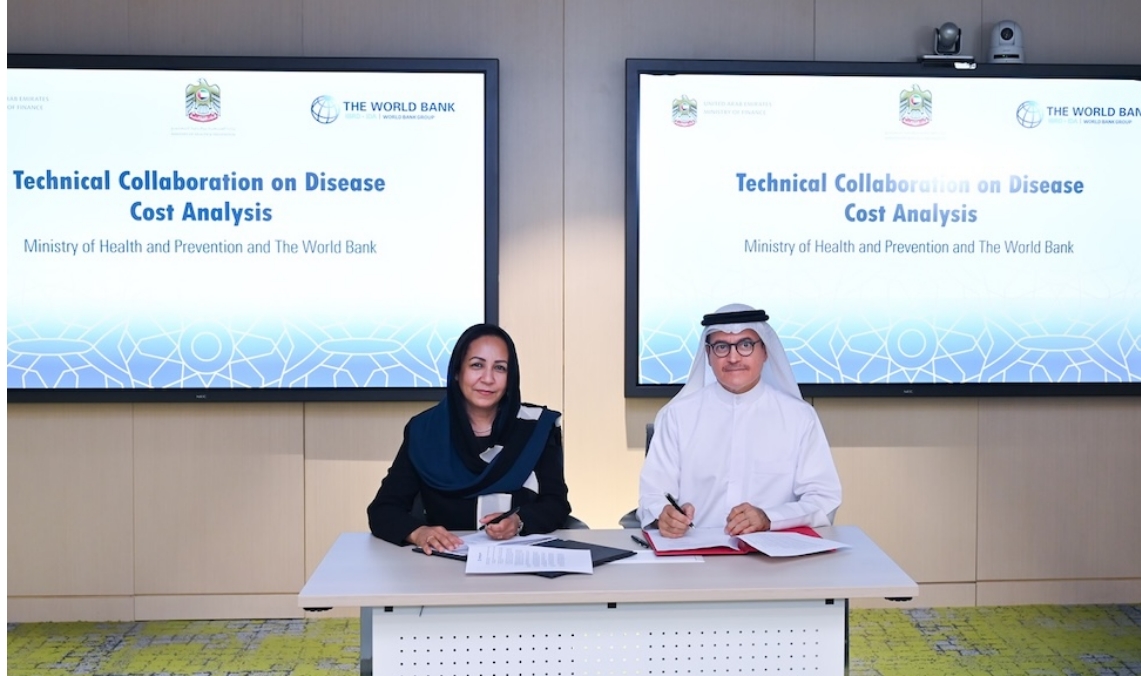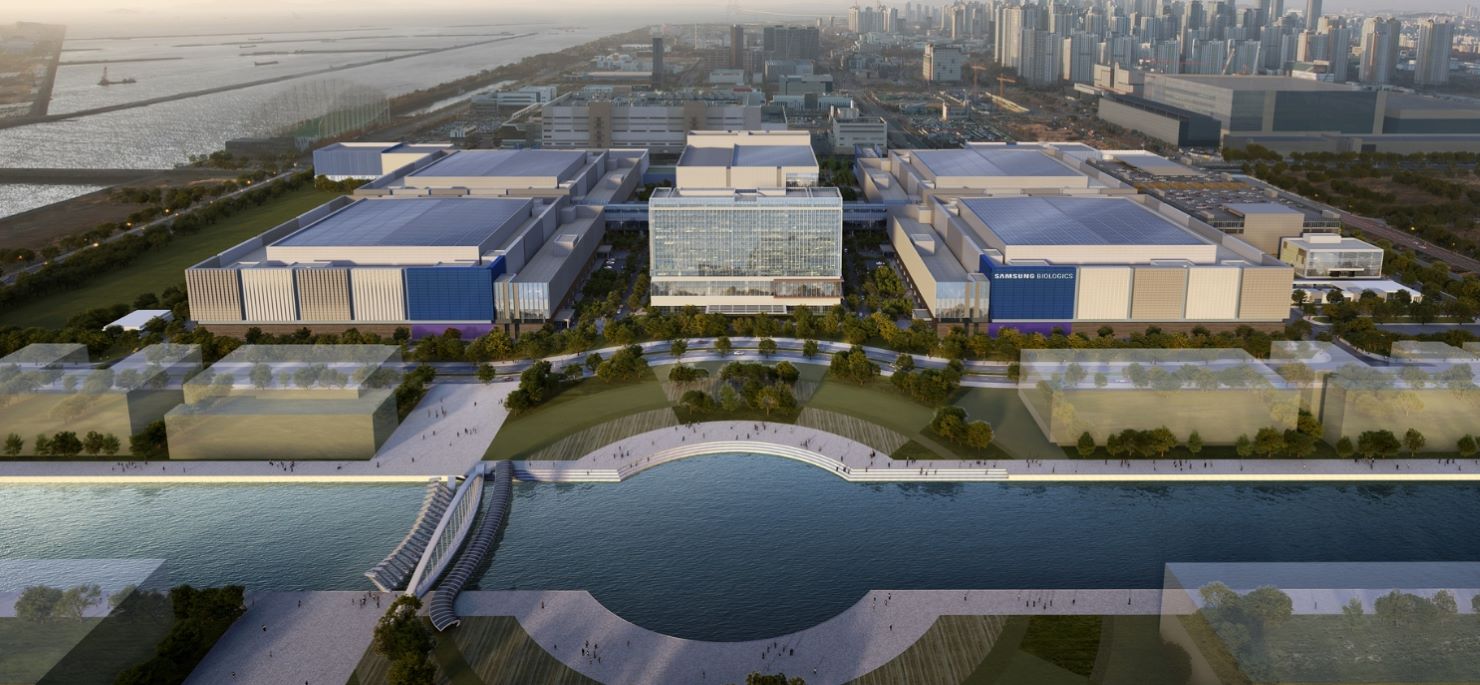The Evolution of the Pharmaceutical Landscape: A Two-Decade Journey of Mergers and Acquisitions
24 June 2024 | News | By Sakshi Kamble | sakshi.kamble@biospectrumasia.com
The pharmaceutical industry has witnessed a transformative journey from 2000 to 2024, marked by numerous significant mergers and acquisitions (M&A).

BioSpectrum Asia Graphics illustrating the major pharmaceutical deals from 2000 to 2024, divided into three sections: Pioneering Deals, Strategic Consolidations, and Recent Major Moves. The graph highlights significant mergers and acquisitions with their respective years and inflation-adjusted values.
The following report provides detailed analysis of Mergers and Acquisitions of BioPharma and Pharmaceuticals companies until 2024, from 2000. It provides details about the acquirer, acquired company, the transaction process, stating if it was a fully cash deal or both cash and equity deal. The report tries to provides details about equity dealings by providing insights about per share values, stake in the acquired company and its EPS growth respectively.
The highest amount of transaction carried out up till 2024 was by Glaxo Wellcome and SmithKline Beecham in the 2000. The merger resulted into the formation of GlaxoSmithKline a world leading brand in the pharmaceutical industry with a transaction value of $76 billion, with adjusting inflation this transaction can be valued up to $134.5 billion.
Top Deals of 2024
Summary: In 2024, several significant acquisitions took place in the pharmaceutical and biotechnology sectors:
-
AstraZeneca:
- Acquired Fusion Pharmaceuticals for $2.4 billion.
- Acquired Amolyt Pharma for $1.05 billion.
-
Bristol Myers Squibb:
- Finalized the acquisition of Karuna Therapeutics for $14 billion.
-
Novartis:
- Acquired IFM Due for $90 million upfront and up to $745 million in milestones.
- Acquired Mariana Oncology for $1.75 billion.
-
Telix Pharmaceuticals:
- Purchased Iso Therapeutics for $8.1 million plus milestone payments.
-
Sanofi:
- Acquired Inhibrx for $1.7 billion.
-
Gilead Sciences:
- Acquired CymaBay Therapeutics for $4.3 billion.
-
Novo Holdings:
- Acquired Catalent for $16.5 billion.
-
Genmab:
- Completed its acquisition of ProfoundBio for $1.8 billion.
-
Endo International:
- Purchased Par Pharmaceuticals for $8.05 billion.
-
Ono Pharmaceuticals:
- Acquired Deciphera for $2.4 billion.
-
Johnson & Johnson:
- Acquired Shockwave Medical for $13.1 billion.
-
Novo Nordisk:
- Agreed to acquire Cardior Pharmaceuticals for $1.12 billion.
Top Deals of 2023
Summary: In 2023, Bristol Myers Squibb (BMS) made several significant acquisitions in the pharmaceutical sector:
-
Bristol Myers Squibb (BMS):
- Acquired Karuna Therapeutics for $14 billion, valuing each share at $330.00 in cash (53% premium over Karuna's closing stock price).
- Acquired Mirati Therapeutics for $4.8 billion in cash plus a $1 billion contingent value right.
- Acquired RayzeBio for $4.1 billion.
-
Auro Pharma:
- Completed a slump sale of specific business units to its subsidiary for $400 million.
-
Nirma:
- Acquired a 75% stake in Glenmark Life Sciences for $680 million.
-
Pfizer:
- Struck a $43 billion deal to acquire Seagen and its targeted cancer therapies.
Top Deals of 2022
Summary: In 2022, several significant acquisitions took place in the pharmaceutical and biotech industries:
-
Amgen:
- Acquired Horizon Therapeutics for $27.8 billion (47.9% premium to the closing price before the offer announcement).
-
Pfizer:
- Acquired Biohaven Pharmaceuticals for $11.6 billion.
- Acquired Global Blood Therapeutics for $5.4 billion.
-
Bristol Myers Squibb:
- Acquired Turning Point Therapeutics for $4.1 billion.
-
Amgen:
- Completed the acquisition of Chemocentryx for $3.7 billion.
-
Biocon:
- Completed a major transaction with Viatris Biosimilars involving an upfront cash payment of $2 billion and Compulsorily Convertible Preference Shares worth $1 billion.
-
GlaxoSmithKline:
- Acquired Affinivax for $2.1 billion.
- Acquired Sierra Oncology for $1.9 billion.
-
Sumitomo:
- Acquired Myovant for $1.7 billion.
Top Deals of 2021
Summary: In 2021, several notable acquisitions occurred in the biopharmaceutical industry:
-
CSL Ltd.:
- Acquired Vifor Pharma AG for $11.7 billion (61% premium to Vifor's closing price).
-
Merck:
- Acquired Acceleron Pharma Inc. for $11.5 billion.
-
Jazz Pharmaceuticals:
- Acquired GW Pharmaceuticals for $7.2 billion.
-
Pfizer:
- Acquired Arena Pharmaceuticals for $6.7 billion.
-
Novo Nordisk:
- Purchased Dicerna Pharmaceuticals for $3.3 billion.
-
Sanofi:
- Acquired Translate Bio for $3.2 billion.
-
Horizon Therapeutics:
- Acquired Viela Bio for $3.05 billion.
-
Pfizer:
- Acquired Trillium Therapeutics for $2.26 billion.
-
Perrigo:
- Acquired HRA Pharma for $2.1 billion.
-
Amgen:
- Acquired Five Prime Therapeutics for $1.9 billion.
-
Sanofi:
- Purchased Kadmon for $1.9 billion.
Top Deals of 2020
Summary: In 2020, the pharmaceutical industry saw several significant mergers and acquisitions:
-
AstraZeneca:
- Acquired Alexion Pharmaceuticals for $39 billion, offering $175 per share.
-
Gilead Sciences:
- Purchased Immunomedics for $21 billion.
-
Bristol Myers Squibb:
- Acquired MyoKardia for $13.1 billion.
-
Johnson & Johnson:
- Acquired Momenta Pharmaceuticals for $6.5 billion.
-
Gilead Sciences:
- Bought Forty Seven for $4.9 billion.
-
Sanofi:
- Completed its acquisition of Principia Biopharma for $3.68 billion.
-
Merck:
- Acquired VelosBio for $2.75 billion.
-
Bayer:
- Acquired Asklepios BioPharmaceuticals for $4 billion.
Top Deals of 2019
Summary: In 2019, several significant mergers and acquisitions took place in the pharmaceutical and biotechnology sectors:
-
Grifols SA:
- Acquired a 26.2% stake in Shanghai RAAS Blood Products Co., Ltd.
-
Thermo Fisher Scientific Inc.:
- Acquired Brammer Bio LLC for about $1.7 billion.
-
FUJIFILM Corporation:
- Completed the acquisition of Biogen (Denmark) Manufacturing ApS for approximately $890 million.
-
Ligand Pharmaceuticals Incorporated:
- Sold its Promacta-related intellectual property rights to Royalty Pharma for $827 million.
-
Biogen:
- Acquired Nightstar Therapeutics for $877 million.
-
Pfizer:
- Acquired Array BioPharma for $11.4 billion.
-
Merck:
- Acquired Peloton Therapeutic for $2.2 billion.
-
Bristol Myers Squibb:
- Completed the acquisition of Celgene for $74 billion.
-
AbbVie Inc.:
- Acquired Allergan Plc for $63 billion.
-
GlaxoSmithKline and Pfizer:
- Formed a Joint Venture to integrate their businesses.
-
Pfizer and Mylan:
- Merged to create a new company, with Mylan shareholders owning 43% of the combined entity.
Top Deals of 2018
Summary: In 2018, several notable acquisitions took place in the pharmaceutical and biotechnology industries:
-
GlaxoSmithKline:
- Acquired TESARO for $5.1 billion.
-
Novartis:
- Entered into an agreement to acquire Endocyte for $2.1 billion.
-
AstraZeneca:
- Purchased Swedish Orphan Biovitrium (SOBi) for $1.97 billion.
-
Taisho Pharmaceuticals:
- Acquired UPSA Laboratories for $1.6 billion.
-
Bayer:
- Completed the acquisition of Monsanto for $63 billion.
-
Takeda Pharmaceuticals Limited:
- Acquired Shire Plc. for $64.3 billion.
Top Deals of 2016-2017
Summary: In 2017, Dr. Reddy's Laboratories Ltd. and Taro Pharma made notable acquisitions:
-
Dr. Reddy's Laboratories Ltd.:
- Acquired Imperial Credit Pvt. Ltd. for Rs. 20.5 million.
-
Taro Pharma:
- Purchased Thallion Pharmaceuticals for $2.7 million Canadian dollars.
In 2016, Bayer and Abbott Laboratories made significant moves:
-
Bayer:
- Acquired Monsanto for $62 billion.
-
Shire Plc:
- Acquired Baxalta for $32 billion.
-
Abbott Laboratories:
- Agreed to acquire St. Jude Medical for $25 billion.
Top M&A Deals from 2015 – 2012
Summary: In 2015, Actavis, Teva, and Pfizer were key players in significant acquisitions:
-
Actavis:
- Completed its acquisition of Allergan Inc. for $70.5 billion.
-
Teva Pharmaceutical Industries:
- Acquired Allergan Plc’s generic-drug business for $40.5 billion.
-
AbbVie:
- Purchased Pharmacyclics for $21 billion.
-
Pfizer:
- Acquired Hospira for $17 billion.
In 2014, Actavis Generics made a major move:
- Actavis Generics:
- Purchased Forest Laboratories for $25 billion.
In 2013, Amgen and GlaxoSmithKline expanded their portfolios:
-
Amgen:
- Acquired Onyx Pharmaceuticals for $10.2 billion.
-
Gilead Sciences:
- Acquired Pharmasset for $11.2 billion in 2012.
Top M&A Deals from 2011-2009
Summary: In 2011, 2010, and 2009, several major acquisitions occurred:
-
Gilead Sciences:
- Acquired Pharmasset for $11 billion in 2011.
-
Abbott:
- Purchased Piramal Healthcare’s main formulation business for $3.75 billion in 2010.
-
Merck:
- Acquired Schering Plough for $41 billion in 2009.
-
Roche:
- Acquired Genentech for $46.8 billion in 2009.
-
Pfizer:
- Acquired Wyeth for $68 billion in 2009.
Top M&A Deals from 2000 – 2008
Summary: From 2000 to 2008, several transformative mergers took place:
-
Glaxo Wellcome:
- Merged with SmithKline Beecham to form GlaxoSmithKline (GSK) in 2000, valued at $76 billion (inflation-adjusted to $134.5 billion).
-
Sanofi:
- Acquired Aventis for $64.2 billion in 2004 (adjusted to $103.6 billion).
-
Pfizer:
- Acquired Pharmacia Corp for $60 billion in 2002.
-
Bayer:
- Acquired Schering AG for $21.5 billion in 2006 (adjusted to $32.5 billion).
-
CVS Health:
- Merged with Caremark RX in a $21 billion deal in 2006 (adjusted to $31.7 billion).
These summaries provide a clear and organized view of the most significant M&A deals in the pharmaceutical industry from 2000 to 2024, highlighting the key players and the strategic impacts of these transactions
The series of mergers and acquisitions from 2000 to 2024 highlight significant strategic moves within the pharmaceutical industry aimed at expanding market share, enhancing research and development capabilities, and achieving synergies. The 2000 merger of Glaxo Wellcome and SmithKline Beecham to form GlaxoSmithKline (GSK) set a precedent for large-scale consolidations, valued at $76 billion ($134.5 billion inflation-adjusted). Sanofi's 2004 acquisition of Aventis for $64.2 billion ($103.6 billion adjusted) further exemplified the industry's drive towards creating global pharmaceutical powerhouses. Pfizer's 2002 acquisition of Pharmacia Corp for $60 billion strengthened its market leadership.
In 2006, Bayer's $21.5 billion takeover of Schering AG and CVS Health's $21 billion merger with Caremark RX reflected continued consolidation efforts to enhance product portfolios and market presence. Moving forward to 2015, notable transactions included Actavis's $70.5 billion acquisition of Allergan Inc., Teva's $40.5 billion purchase of Allergan Plc’s generic drug business, AbbVie's $21 billion acquisition of Pharmacyclics, and Pfizer’s $17 billion purchase of Hospira, indicating a trend towards securing specialty drugs and biotechnology capabilities.
The acquisitions from 2016 and 2017, including Bayer’s $62 billion purchase of Monsanto and CVS Health’s $69 billion acquisition of Aetna, illustrate the industry's evolving focus towards integrating healthcare services and expanding into related sectors. These deals reflect a strategic shift aimed at addressing broader healthcare needs and achieving long-term growth in a competitive landscape. Collectively, these mergers and acquisitions underscore the pharmaceutical industry's relentless pursuit of growth, innovation, and market dominance through strategic consolidation.











